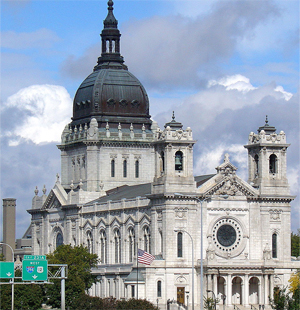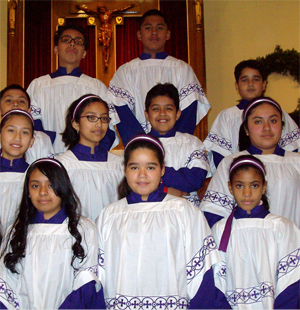
|
|
Biggest challenge:
Weekly attendance at Eucharist
|
Active Programs

Re-animating Parish Culture
Flourishing or Hurting Parishes
Different types of Catholic parishes exist across the United States. Despite the great variety, a basic distinction exists between flourishing parishes and hurting parishes. Both “flourishing” and “hurting” are interpreted here in fairly quantitative terms: the percentage of Catholics who regularly attend weekly Mass, the extent to which the parish takes in sufficient revenues to cover its expenses, and the success of the parish in educating and retaining young Catholics. With respect to the education of the young, although Catholic schools are often vital centers of activities in parishes, in fact most parishes have two or three times as many children in their religious education programs than in their Catholic schools. Morey and Piderit are all for Catholic schools, but, in terms of statistics, only about 15 percent of Catholic children attend Catholic schools, and that percentage is slowly decreasing.
If one is willing to speak at a high level of generality (be forewarned: Fr. Piderit taught economics for many years, so he is accustomed to relying on fluffy generalizations!), flourishing parishes tend to be in suburbs while hurting parishes tend to be in cities. Of course many parishes are exceptions to this rule. Particularly in the South and West, many parishes in newer cities thrive and grow smartly. Nonetheless, the generalization offers a way to visualize what may be happening in many “hurting” parishes. Typically in cities parishes exist in neighborhoods where there are many Catholics or where many Catholics once lived but eventually moved on to the suburbs or other areas. Unfortunately, parishes in urban areas where there are few Catholics have to be consolidated with other nearby parishes. The real challenge is for urban parishes that are surrounded by many Catholics living in the confines of the parish. Since most of these occasional Catholics only rarely see the inside of their parish church, the parish has low weekly Mass attendance, low weekly collections, and few young people beyond grade school participating in the life of the parish.
In our book Renewing Parish Culture, the focus is primarily on hurting parishes, especially with respect to the role that parishes play in community prayer and worship. Flourishing parishes, however, also receive attention when issues relating to loving service and evangelization are addressed.
Every few weeks, this column will address particular innovations that parishes might like to consider. Before getting into programmatic specifics, however, it is helpful to note that the parish team operates in a difficult environment, in large part due to the shortage of priests. No parish can function well without good lay ecclesial ministers and other laypeople taking responsibility for different parish activities. The pastor is the spiritual leader, animator, and chief person responsibility to the diocese for the smooth running of the parish. When a new pastor is appointed, he inherits a parish team. If the team wants to remain together, they have to be attentive to the emphases of the new spiritual leader and make adjustments both in what they do and how they do it. They are permitted to say “But this is the way we have always done it!” but they have to be careful not to use this plea too often. Some new pastors are happy to continue things as they have been. Other pastors have a different style and perhaps also different goals. The parish team has to be “good Catholic bureaucrats” in the sense that they can adjust to work with almost any pastor. Making such adjustments is not easy, but such flexibility is important for the maintenance and integrity of the new parish team.

